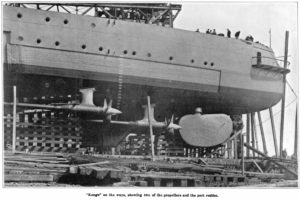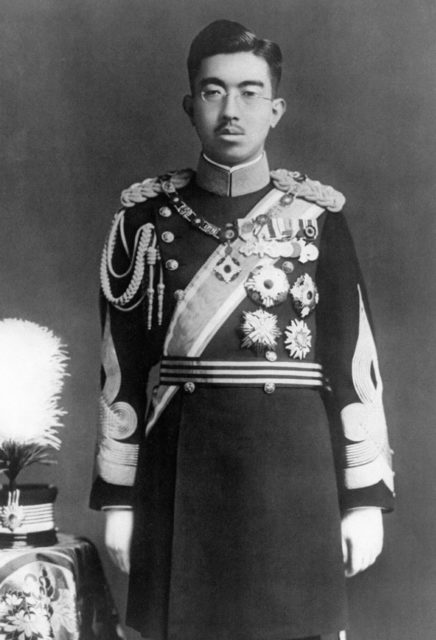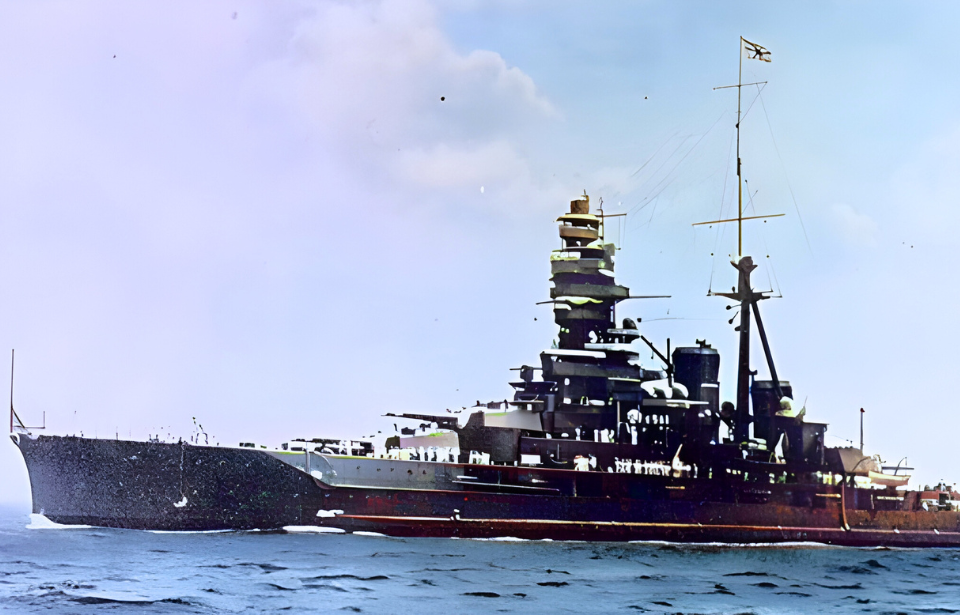The Japanese battleship Kongō carried several captivating nicknames, including “Indestructible Diamond,” “Indra’s Spear,” and “Divine Thunder.” Bearing these powerful titles, she played a key role in both World War I and World War II.
This is the tale of one of the most heavily armored battleships of her era.
Construction of Kongō

The construction of the battlecruiser Kongō commenced in January 1911, under the design of British naval engineer George Thurston. She was the only ship of its class built in the United Kingdom, with her construction occurring at Barrow-in-Furness in Cumbria, England. The other three battlecruisers of this class were manufactured in Japan.
The development of Kongō was overshadowed by scandal. In January 1914, a leaked telegram revealed that Japanese officials had been accepting kickbacks from German and British armaments companies in exchange for using their products. This disclosure resulted in the resignation of the entire government of Prime Minister Yamamoto, along with several senior business executives. Additionally, Japanese Vice Adm. Matsumoto Kazu was court-martialed and sentenced to three years in prison due to his involvement.
Kongō was loaded with armaments

Kongō was equipped with eight 14-inch heavy-caliber main naval guns, positioned in four twin turrets. These guns, capable of firing both armor-piercing and high-explosive shells, were the first 14-inch guns globally to be mounted on a naval ship. It was essential for the Japanese military to trust in its firepower superiority over enemies, and Kongō’s weaponry largely ensured that edge.
The battleship’s secondary armament included 16 six-inch .50-caliber guns in single casemates, along with eight three-inch guns and eight submerged 21-inch torpedo tubes. Additional weaponry was added in 1929 when the ship was upgraded from a cruiser to a battleship, and by October 1944, its secondary arsenal included eight six-inch guns, 122 Type 96 anti-aircraft rapid-fire cannons, and eight five-inch guns.
Service during World War I

Kongō was formally commissioned in August 1913 as a battlecruiser, and it didn’t take long for her to be pressed into service. At the outset of the First World War, she was sent to patrol German lines of communication at sea, before supporting Japanese units during the Siege of Tsingtao. Following the British defeat of Germany at the Battle of the Falkland Islands, there was little need for Kongō. As such, she was either kept at Sasebo Naval Base or on patrol near China for the remainder of the conflict.
Following WWI, world powers didn’t want to see another conflict and the Washington Naval Treaty was signed, placing restrictions on the building of new naval ships. This led to a decrease in the size of the Japanese Navy.
Interwar period and the start of World War II

In 1923, Kongō transported Crown Prince Hirohito (who would later become Emperor) on an official visit to Taiwan, and received several upgrades over the interwar period. Beginning in 1929, the Japanese Empire initiated a transformation of Kongō from a cruiser into a full battleship, completing the process six years later. The ship was made much faster, and its armor near the ammunition magazines was reinforced, along with numerous other enhancements.
The newly upgraded vessel was active during the Second Sino-Japanese War, with two of its floatplanes bombing the Chinese town of Fuzhou. When the Second World War began, however, Kongō was deployed to the Pacific.
On February 22, 1942, the battleship took part in the Japanese invasion of the Dutch East Indies. Throughout the rest of the year, Kongō engaged in battles and sank ships from the British Empire across the Pacific.
The loss of Kongō in the Formosa Strait

For Kongō and Japan, the start of the Pacific campaign went very well. However, the tides turned during the Battle of Midway with the loss of four of the Combined Fleet’s aircraft carriers. The ship also took part in the Guadalcanal Campaign, during which Henderson Field was bombarded with high-explosive shells in what was the most successful Japanese battleship action of the Second World War.
The next two major offensives the vessel took part in were the battles of the Philippine Sea and Leyte Gulf. Kongō played an important role in Leyte Gulf, sinking multiple American vessels, including the destroyer escort USS Samuel B. Roberts (DE-413). Despite this, the battle resulted in a victory for the Allies.
Not long after, in November 1944, Kongō was spotted by the submarine USS Sealion (SS-315) in the Formosa Strait. The vessel fired six bow torpedoes at the battleship, two of which hit and flooded Kongō‘s boiler rooms. While she was able to escape the scene, the damage proved to be too much, with her sinking to the bottom of the strait after her forward 14-inch magazine exploded. Over 1,200 crewmen died.
More from us: Only 10 Crewmen Survived the Sinking of the Japanese Battleship Fusō – Out of 1,600
Are you a fan of all things ships and submarines? If so, subscribe to our Daily Warships newsletter!
Kongō was the only Japanese battleship to be sunk by a submarine during WWII, while Sealion was the only Allied submarine to sink an enemy battleship.
